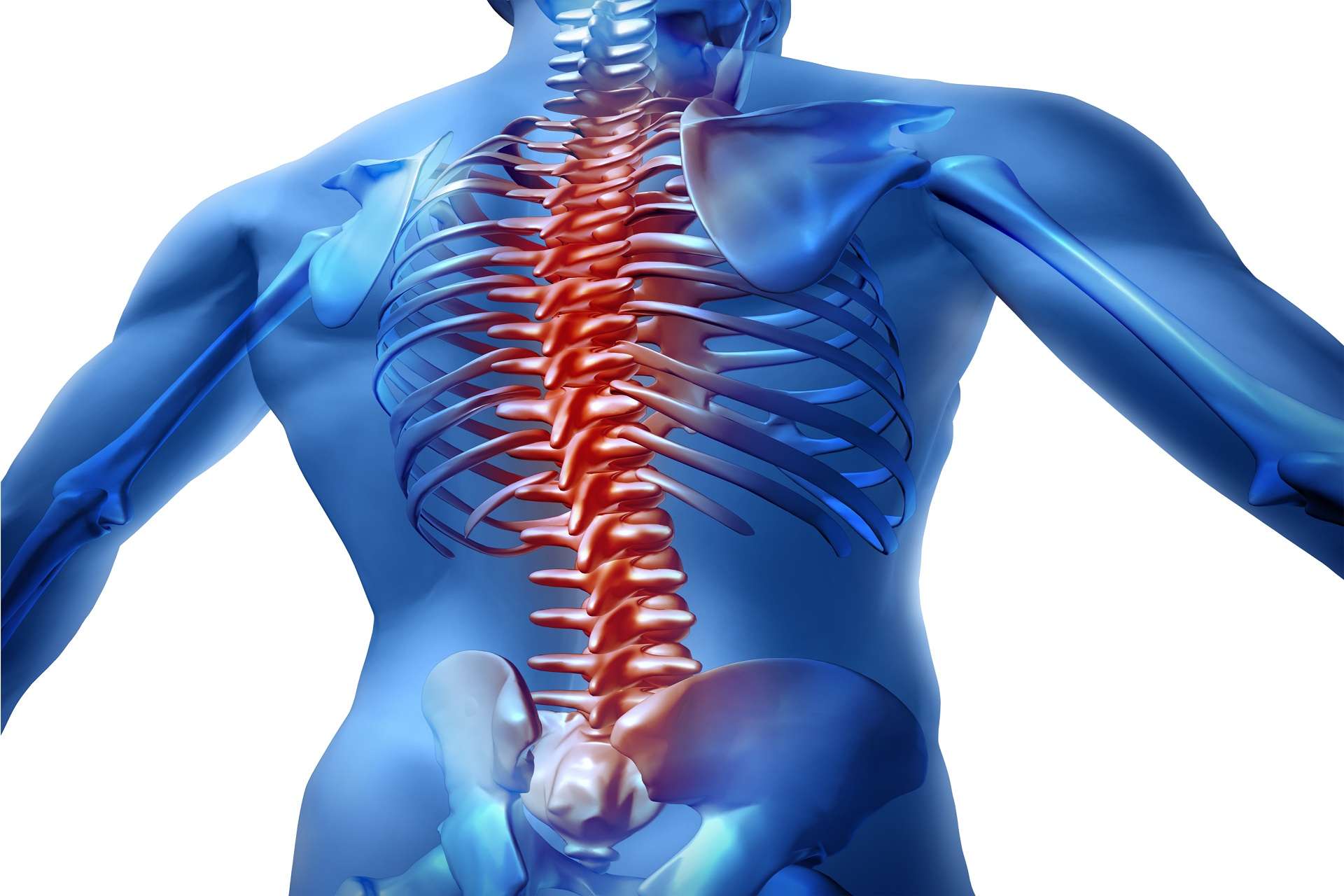Spinal Cord Stimulator: What to Expect in Medical Bills

There is an ongoing debate brewing today with regard to transparency in medical billing. More frequently than ever, patients are receiving medical care – oftentimes emergency medical care when there is no time to fill out forms or check with an insurance company – and are confronted with a substantial bill for the medical services they received. In fact, a recent Washington Post story discusses how hospitals are currently dragging their feet on new regulations to improve medical billing transparency.
So, in the spirit of transparency, this article will be devoted to discussing the costs you will likely see in connection with a spinal cord stimulator. If, after reading this article, you have additional questions about spinal cord stimulators or other medical service matters, we invite you to contact us at Occupational Assessment Services, Inc. – OAS. We have served as life care planners and vocational experts in many different types of cases.
We are one of the most experienced employability and life care planning firms in the United States. To discuss your case, call us at 1-800-292-1919 , contact us at a location near you, or through our online form .
Spinal Cord Stimulator Basics
A spinal cord stimulator is sometimes called a “pain pacemaker” because it is an electronic device implanted in your body that is used to minimize chronic pain. Because it is more invasive than other pain management strategies, it is often used as an option after other strategies – like medication, injection therapy, and surgery – have proven ineffective. A spinal cord stimulator is used for a number of conditions, including complex regional pain syndrome, and failed back syndrome.
The spinal cord stimulator device that is implanted in the body has an electronic lead that goes onto the spinal column and is connected to a stimulator pack. That stimulator pack would be placed in your flank area with a wire (also implanted) that runs down your body.
How Does a Spinal Cord Stimulator Work?
A spinal cord stimulator is able to control, or at least modulate, the signals sent to the brain. Hence the term “pain pacemaker.” Thus, the device can turn off certain nerve reactions before they reach the brain, which can have the effect of masking pain.
If you have a spinal cord stimulator, then you have some control over the electrical signals that reach your brain. You can, in real-time, modulate the amount of chronic pain you experience.
Spinal Cord Stimulator Process
If you are a good candidate for a spinal cord stimulator, then you should expect to go through a two-step process. First, you will have a “trial run,” and then the permanent device can be implanted. Let’s break that down a bit.
1. Temporary Spinal Cord Stimulator
The first step in the process is known as the temporary or trial spinal cord stimulator step. This can be handled in an out-patient facility. Your pain management physician will insert under the skin the temporary spinal cord stimulator in your back or neck. The device will be connected to a power source that is outside of your body. The physician will then adjust the stimulator.
About one week later, you will return to the physician and discuss the amount of pain relief that you experienced. The physician will then remove the temporary spinal cord stimulator.
If you and the physician believe that it is worthwhile to proceed with a permanently implanted spinal cord stimulator, then you will move to step two.
2. Permanent Spinal Cord Stimulator
For step two, you will need to go through pre-operative testing, and your primary care doctor will need to give clearance to the spine surgeon so you can actually have the implant surgery done. Then, the spine surgeon will implant the permanent spinal cord stimulator device for you.
Following the surgery, you will need to go to your pain management physician regularly to keep track of your progress and what you can do to maximize pain relief.
Medical Billing for the Process
Now that you know what the spinal cord stimulator process is, we can tally up the kinds of medical expenses that you can expect on your medical bills. As you will see, they can add up quickly.
First, before even going to step one of the processes, you will need to have one or two pre-procedure office visits with your pain management doctor to determine whether you are suitable for a spinal cord stimulator.
Second, having the temporary device put in place (step one of the process) will include a physician’s fee, sedation/anesthesia, a facility fee, and then a bill for the follow-up doctor’s visit.
Third, if you decide to move to step two, then you will need a surgeon’s office visit, an EKG, x-rays, labs, and a primary care physician’s office visit (so that the primary care physician can give clearance).
Fourth, for the actual implantation of the device, you will see a bill for the surgical facility, the surgeon, anesthesia, and the implanted device itself.
Finally, you will need to have regular office visits with your pain management physician to monitor your progress.
All in all, getting a spinal cord stimulator is a lengthy process, and the medical billing can be significant. We hope that this article at least gives you some idea of what to expect, so you can avoid that sense of “sticker shock” when you see your medical bills following the full spinal cord stimulator procedure.
Let Us Help You With Other Questions on How to Manage Pain
The experts at Occupational Assessment Services, Inc. (OAS) have over forty years of experience documenting the income potential and employment capacity of those with wrongful termination cases, as well as with the underemployed, unemployed, and disabled individuals in many types of cases.
OAS specializes in working with the plaintiff or defense attorney to assist in objectively documenting the economics in a case. From the initial referral to the trial testimony, OAS works with the retaining attorney so that the vocational assessment of the case can be objectively and efficiently presented.
OAS has served as experts on many multi-million-dollar outcomes including a record-setting $102 million verdict in a NY catastrophic injury case. Through objective consulting, analysis, and vocational testing , we specialize in assisting attorneys in documenting damages.
We strongly believe in the importance of a clear and understandable presentation of the facts. OAS is the leading provider of Vocational Expert and Life Care Planning Services for Plaintiff and Defense attorneys.
We also specialize in evaluating earning capacity in divorce cases and documenting the damages in cases where an individual has been severely injured. We provide objective findings on how the injuries affect a persons’ ability to work and earn money, as well as the cost of care required in catastrophic injuries.
OAS is your Vocational Expert & Life Care Planner Nationwide, with offices in New York, New Jersey, Connecticut, Pennsylvania, Georgia, Florida, Texas, Nevada, and California.
To discuss your case, call us at 1-800-292-1919 , contact us at a location near you, or through our online form .
Disclaimer: The information on this website and blog is for general informational purposes only and is not professional advice. We make no guarantees of accuracy or completeness. We disclaim all liability for errors, omissions, or reliance on this content. Always consult a qualified professional for specific guidance.








